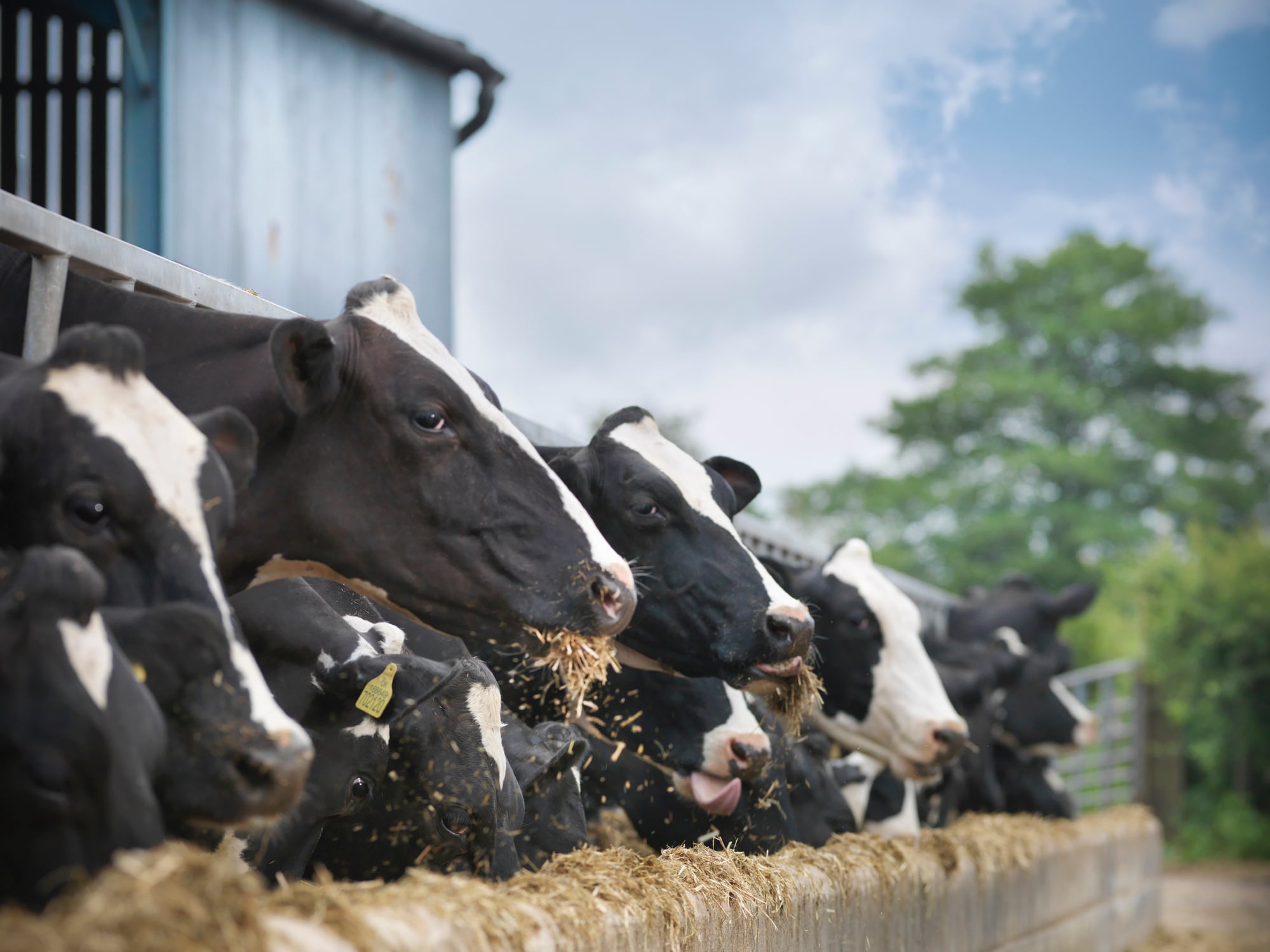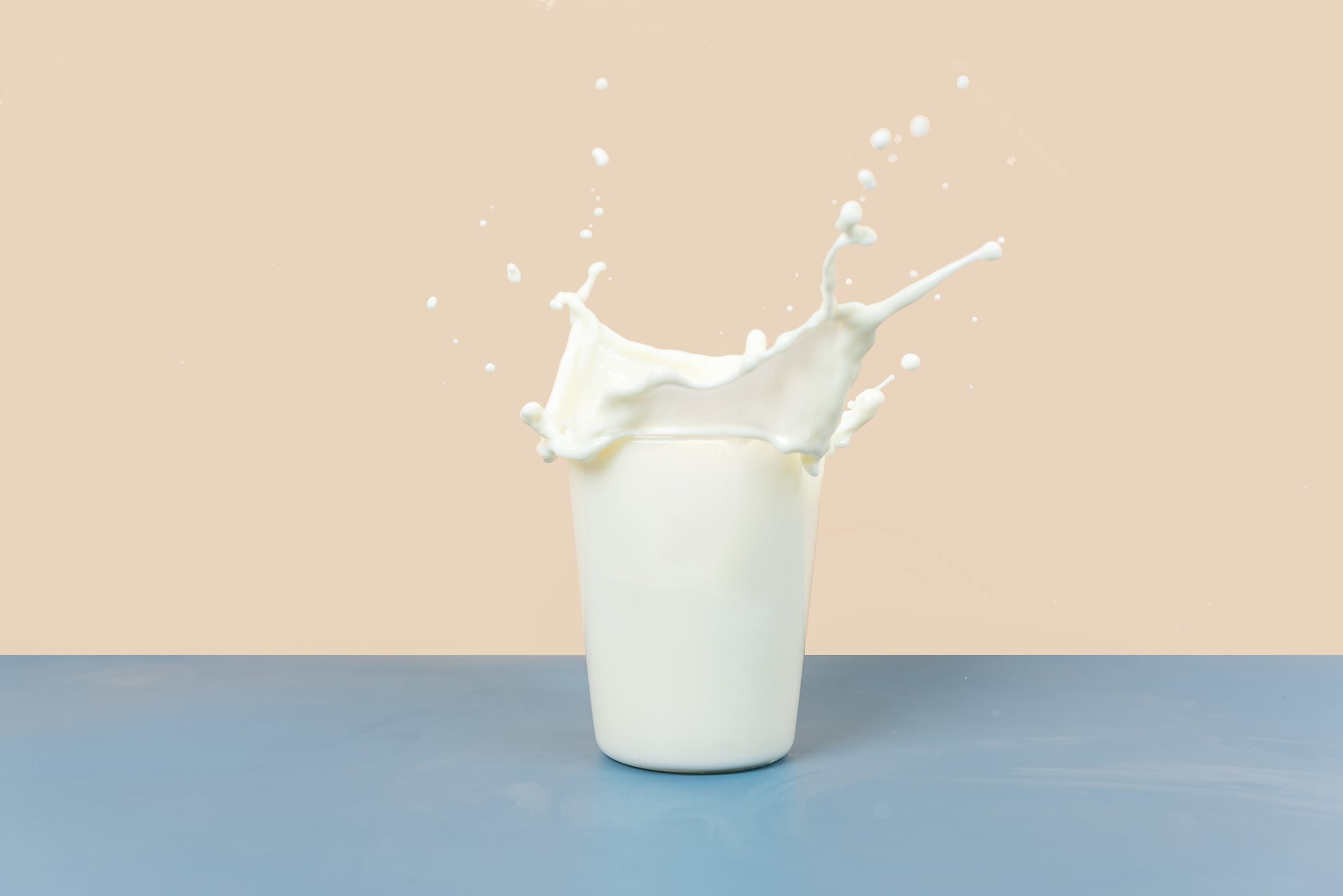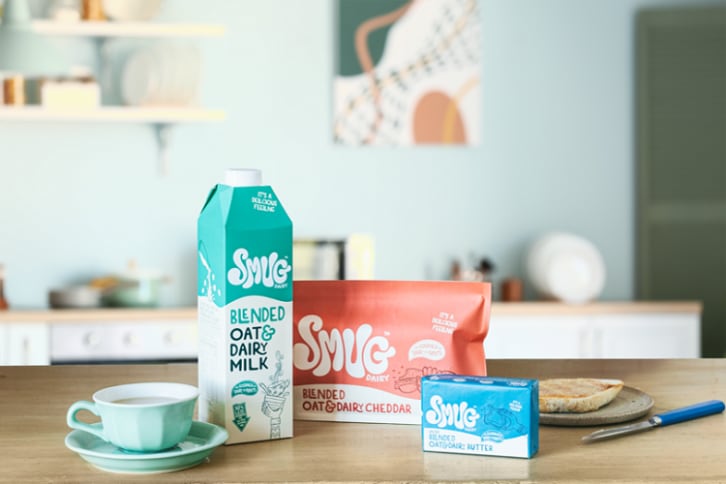Decline of dairy prices: summary
- Dairy prices have declined globally for three consecutive months
- Increased milk output in the US, EU, UK, New Zealand and South America has outstripped demand
- US national herd size is at its largest since the 1990s
- Cheese and whey markets remain bearish
- However, prices for dairy are still above 2024 levels
Dairy prices have shown soft but consistent decline over the past few months, as weak demand has clashed with strong production.
Why are prices declining?
The dairy price decline has been mild but consistent. According to the UN’s Food and Agriculture Organisation (FAO), prices have been on the same trajectory for three months now.
“Over the past few months, the dairy market has undergone a shift in production trends following a period of stagnation and weak demand caused by elevated prices,” explain dairy analyst Brittany Feyh and senior commodity insight analyst Jose Saiz at market intelligence company Expana.
“This change has been driven by rising milk output across major exporting regions, including the US, EU-27, the UK, New Zealand, and South America, leading to an imbalance between supply and demand.”
In particular, high farmgate prices, cheap feed, good weather and a decline in cases of the disease blue tongue has allowed European milk production to rebound.
Meanwhile, in the US, the national herd is at its largest since the mid-1990s. US farmers have increased the levels of milk butterfat (the fatty component of milk) to levels which the cheese sector cannot absorb. This has led to lower cream and butterfat prices.
“The US continues to capture more global market share on the back of competitive pricing.”
Consumer demand is not as significant a factor as high production, according to Saiz and Feyh, although demand has weakened in some areas, such as in the hotel, restaurant and catering sector.

Furthermore, low competitiveness in the international market for European dairy products has led to declines there.
Despite all these factors, dairy prices remain high compared to 2024, an FAO spokesperson explains, around 9% above their level this time last year.
This time of year usually brings with it more supply and less demand, explains the FAO spokesperson. Milk production in the Southern Hemisphere is boosted by warmer temperatures, and cooler temperatures in the Northern Hemisphere also boost production. Meanwhile, demand for foods such as ice-cream often declines as summer ends.
As farm milk prices are profitable, suggest Expana’s Feyh and Saiz, milk production should continue to grow into 2026.
Which areas of dairy have declined the most?
Prices have been different for different dairy products. Butter prices fell by 7% this month, due to diminished cream availability as demand for ice-cream in the Northern Hemisphere declined. On the other hand, supply is due to increase due to high production expectations from New Zealand.
Skim milk powder prices declined by 4.3% and whole milk powder by 3.1%, due to softer demand.
Cheese remained relatively stable, declining only slightly. Cheese has high supply and low demand, according to analytics company Vespertool. “There’s a limited number of buyers out there, while almost every supplier has cheese to sell”, it said in a report.
Demand for whey is slightly higher, but prices have still gone down.
According to Vespertool, the markets for both cheese and whey are bearish in the short term.
Meanwhile, the price of protein-based dairy products has remained firm, Expana’s Feyh and Saiz explain, due to high demand for protein-dense food, especially in fortification and sports nutrition.




